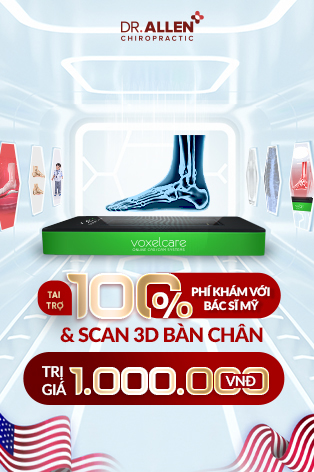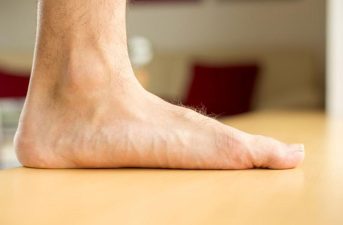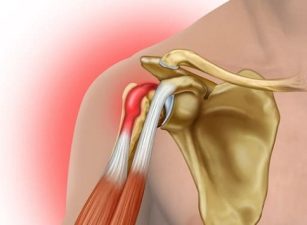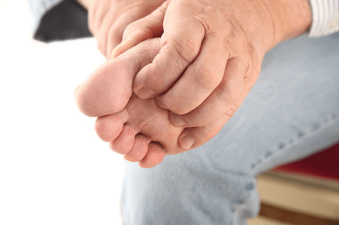As we age, our bodies inevitably go through wear and tear, and our spine is no exception. Degenerative disc disease, especially in the lumbar (lower back) and cervical (neck) spine, is a common condition in the aging population. This blog post aims to provide insights into the symptoms, diagnosis, and treatment of these diseases.
Degenerative Disc Disease Lumbar Spine
Degenerative disc disease (DDD) in the lumbar spine refers to the progressive deterioration of the discs in the lower back due to aging, injury, or both. The degeneration can lead to lower back pain, stiffness, and reduced mobility. In some cases, it may also cause sciatica—pain that radiates down the legs due to the compression of spinal nerves.
Degenerative Lumbar Spine X-Ray
X-ray imaging is often used to diagnose degenerative changes in the lumbar spine. It can reveal decreased disc space, bone spurs (osteophytes), or changes in the vertebrae. However, it’s worth noting that X-rays don’t show soft tissues like discs or nerves, so additional tests such as MRI or CT scans might be needed for a comprehensive evaluation.
Degenerative Lumbar Spine Treatment
Treatment for degenerative disc disease in the lumbar spine often starts with conservative methods. These might include physical therapy, pain relief medications, and lifestyle modifications such as maintaining a healthy weight and practicing good posture. In cases where conservative treatment doesn’t provide relief, interventional procedures or surgery may be considered.
Degenerative Changes in Lumbar Spine
Degenerative changes in the lumbar spine can encompass a range of conditions like disc degeneration, facet joint osteoarthritis, and spinal stenosis. These changes can cause chronic lower back pain, stiffness, and reduced range of motion.
Degenerative Spine Neck (Cervical Spine)
Degenerative diseases of the cervical spine, or neck region, can cause similar symptoms to lumbar DDD, with pain, stiffness, and reduced mobility being common complaints. However, because the cervical spine houses nerves controlling the arms and hands, degeneration in this area can also cause symptoms like numbness, weakness, or tingling in the arms and hands.
Degenerative Cervical Spine Disease and Degenerative Disc Disease in Cervical Spine
Degenerative cervical spine disease refers to any degenerative condition that affects the neck region, including cervical degenerative disc disease, cervical osteoarthritis, and cervical spinal stenosis. In the context of the International Classification of Diseases (ICD), cervical spine degenerative disc disease is typically classified under ICD-10 code M50, with specific subcategories depending on the exact nature and location of the disc disease.
In conclusion, while degenerative diseases of the spine can significantly impact quality of life, it’s important to remember that these conditions can often be managed effectively with the right treatments. If you suspect you have a degenerative spine condition, consult with a healthcare professional to get a proper diagnosis and personalized treatment plan. With the right care, it’s entirely possible to lead an active, fulfilling life despite these conditions.











